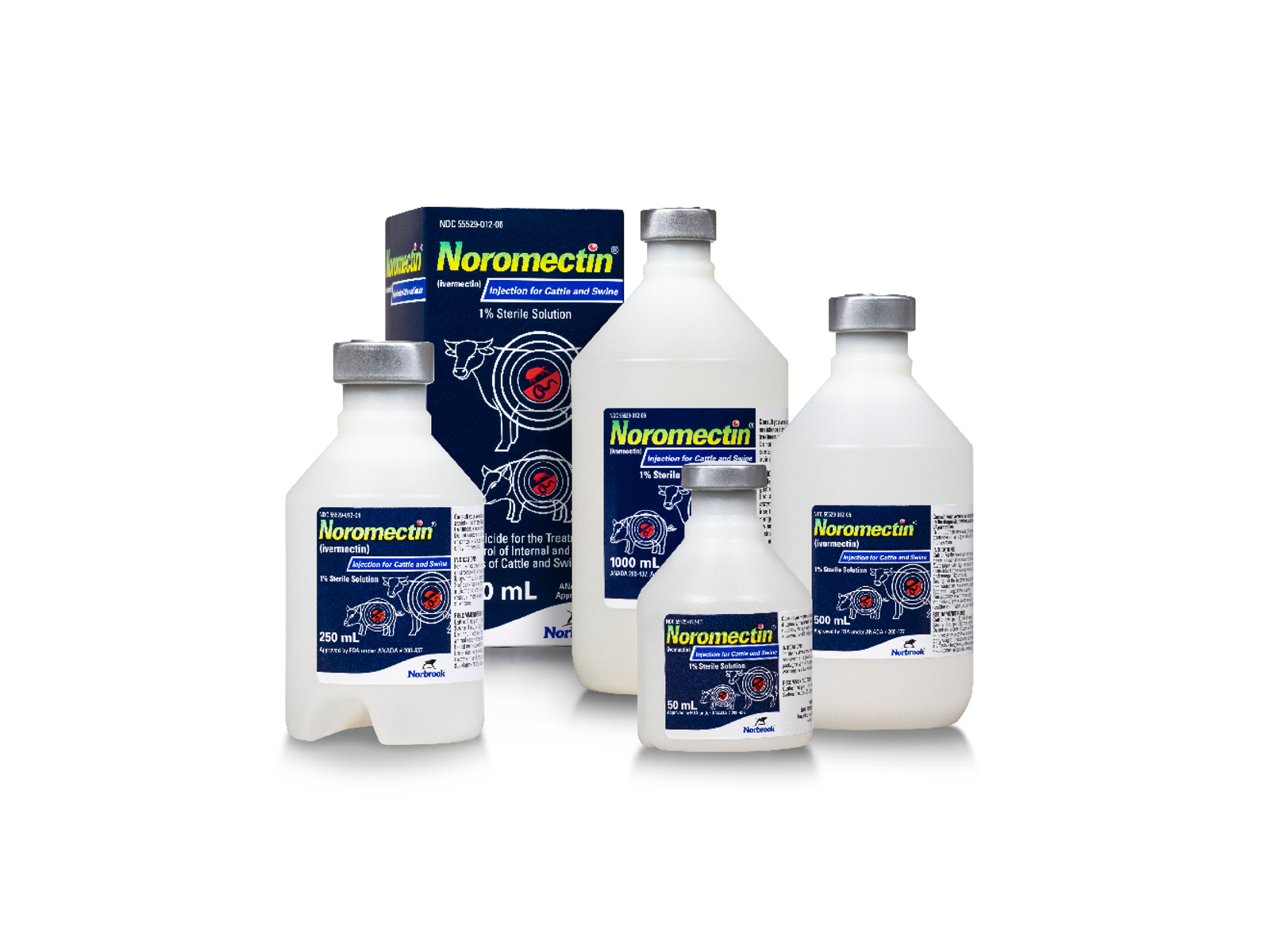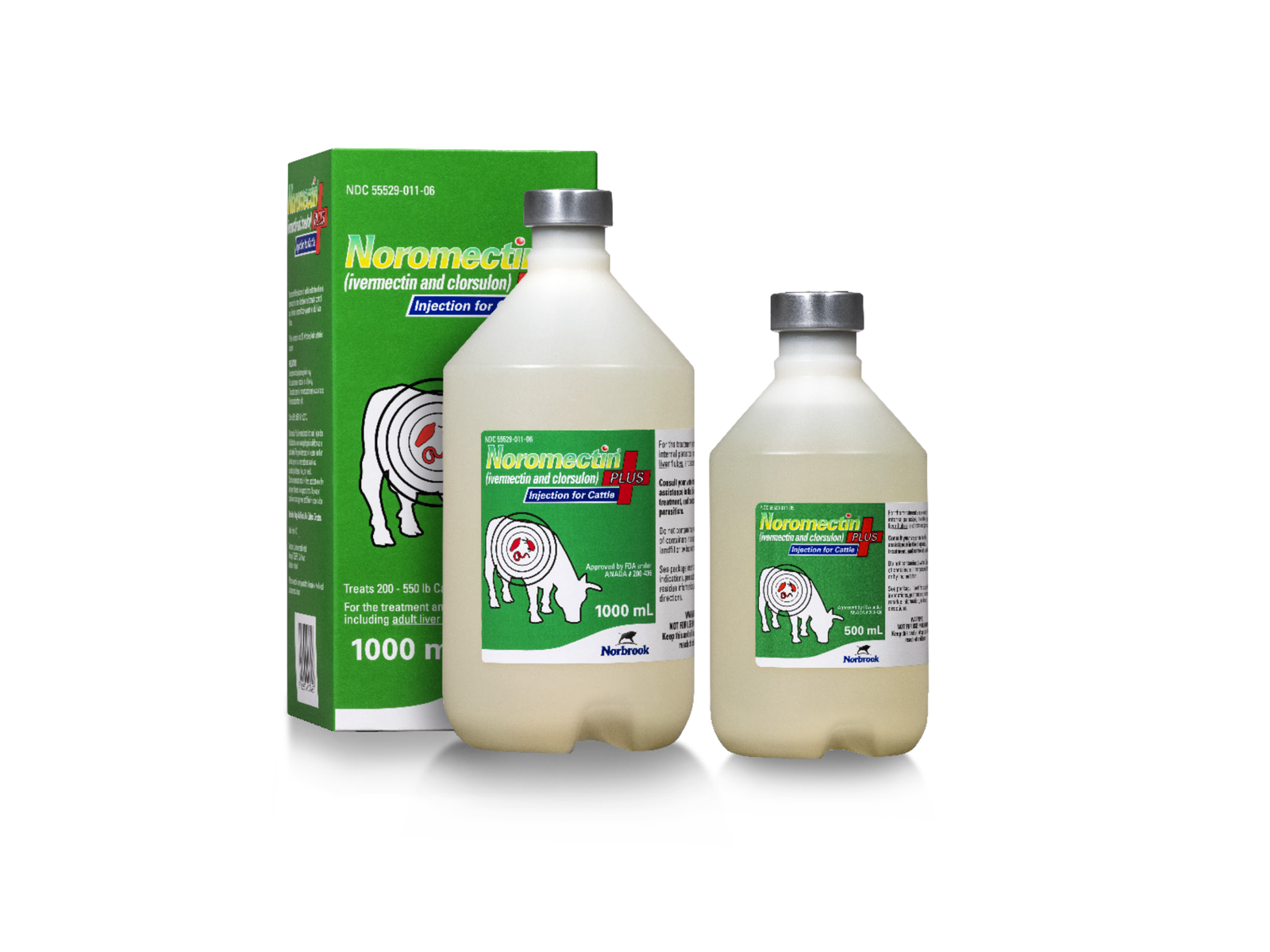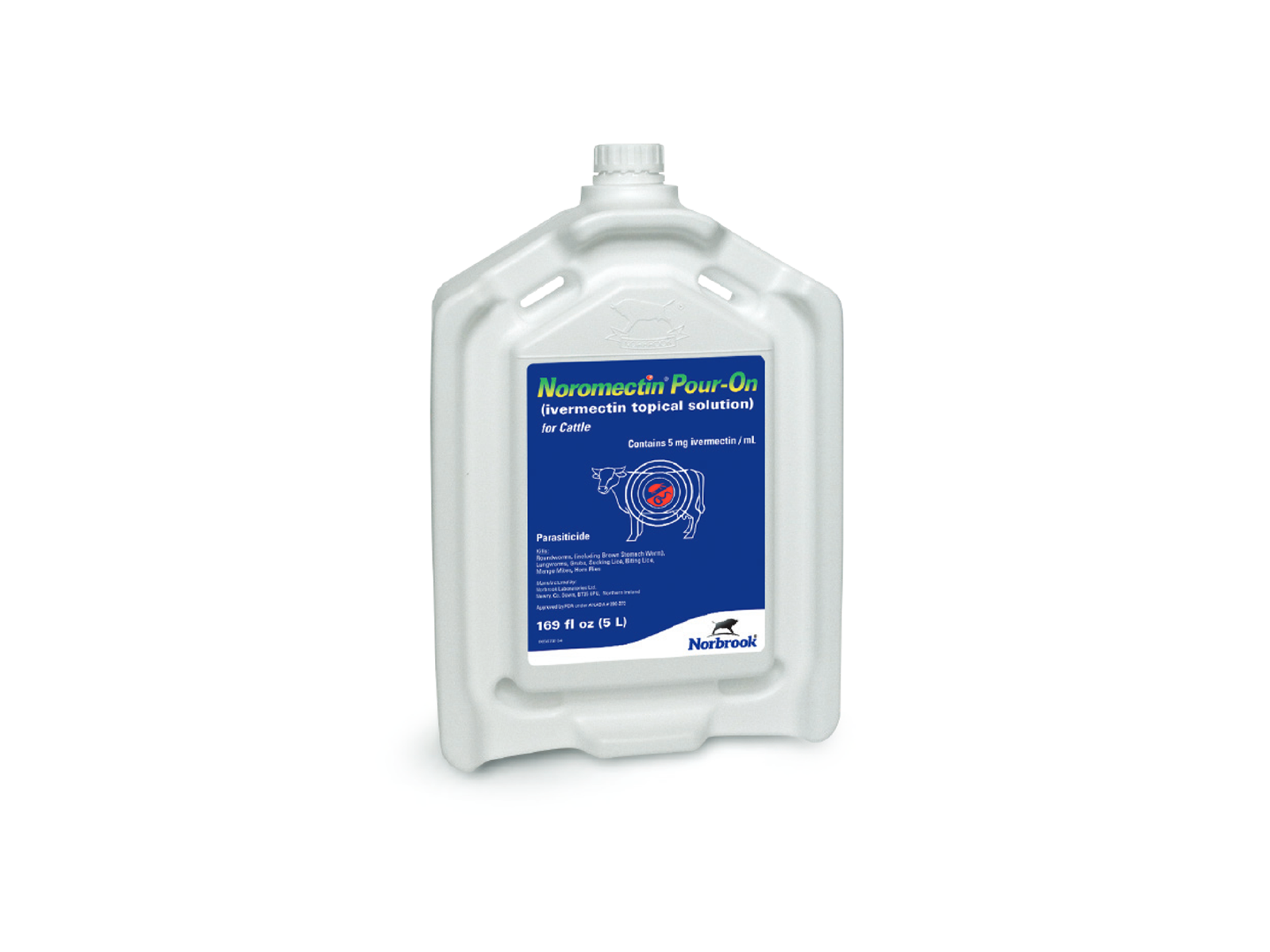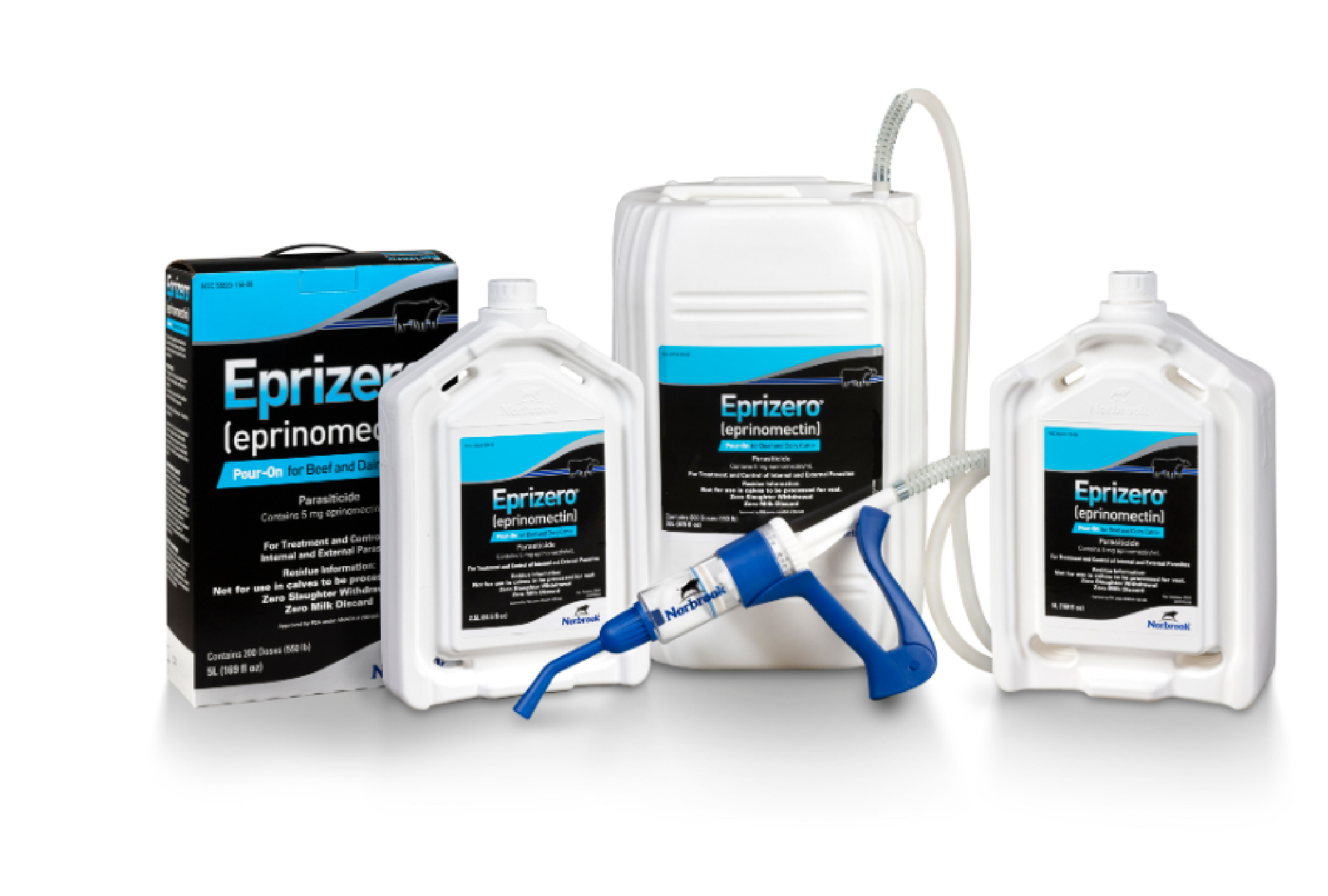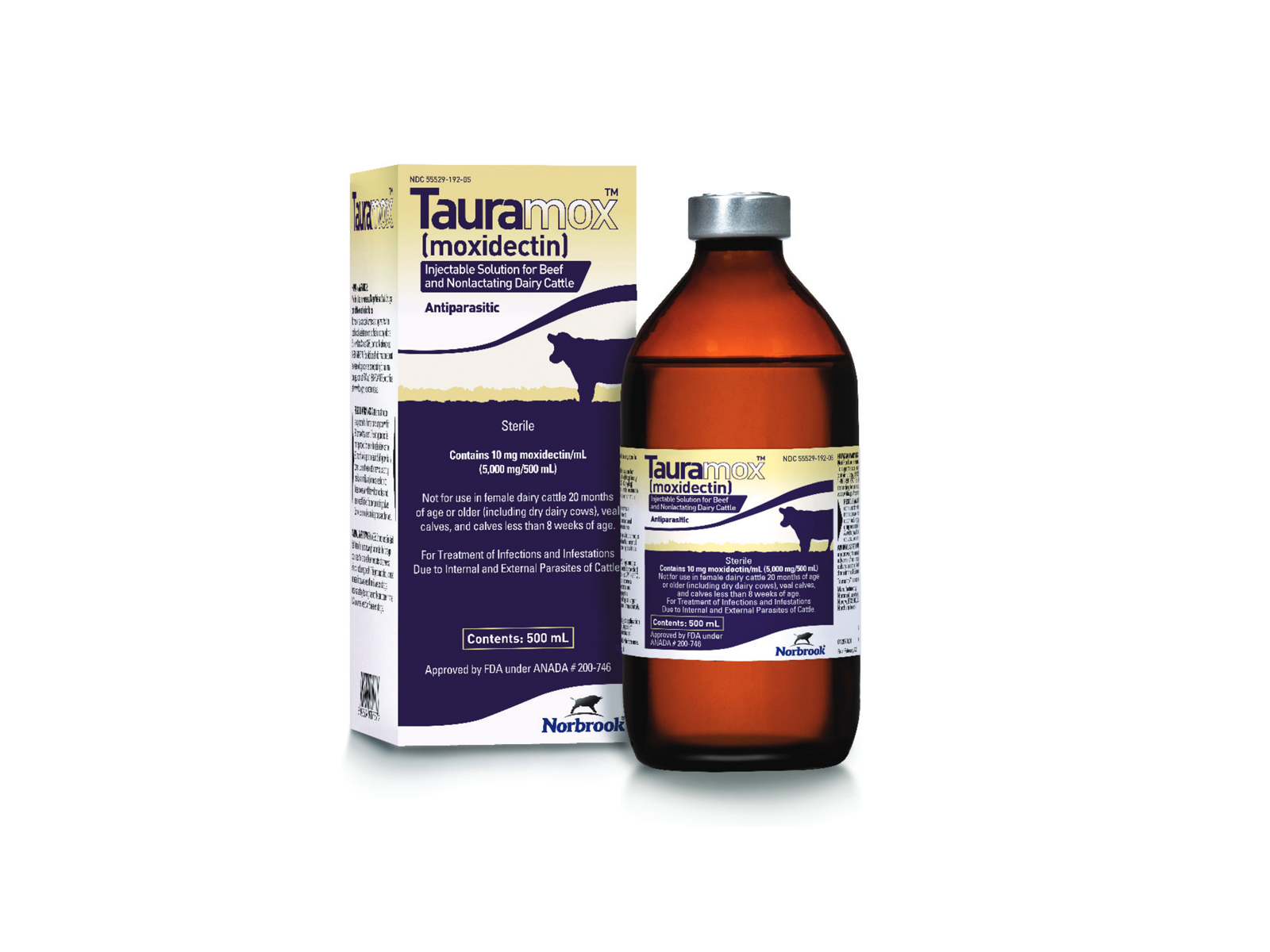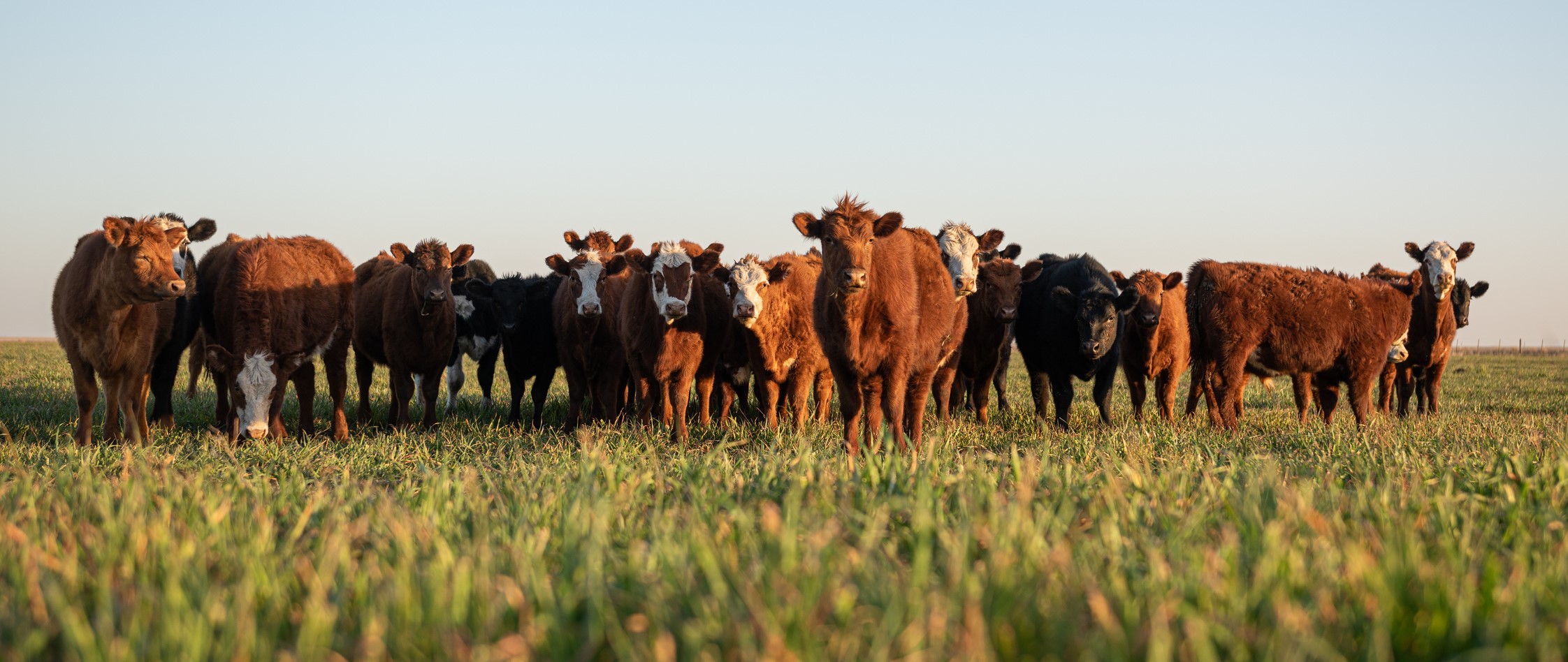
Internal Parasites in Cattle
The Herd Health Challenge of Internal Parasitism
Internal parasitism is a condition that affects both beef and dairy cattle in the United States. There are numerous species of parasites categorized within the nematode (roundworm), cestode (tapeworm), or trematode (fluke) grouping of helminths (worms). Of these, roundworms are considered to have the greatest impact on cattle health. The typical roundworm life cycle begins with cattle grazing pasture and ingesting infective third-stage larvae from the grass. Once ingested, the larvae mature into adults and reproduce (lay eggs) in the intestinal tract. Eggs are then shed in the manure on the pasture, where they hatch and molt into the infective larval stage to complete the cycle.
Seasonally, parasites tend to be most prevalent during warm, wet conditions and lowest during hot, dry conditions. Challenging to parasite control is the fact that certain species of roundworms can go dormant in the animal to withstand unsuitable weather conditions. Additionally, larvae can remain infective on pastures for one year. Younger, naïve, animals tend to be more predisposed to parasitism than adults who have developed immunity. Geography, climate, genetics, age, production environment, and management practices have an impact on the overall parasite burden and profile within a herd.
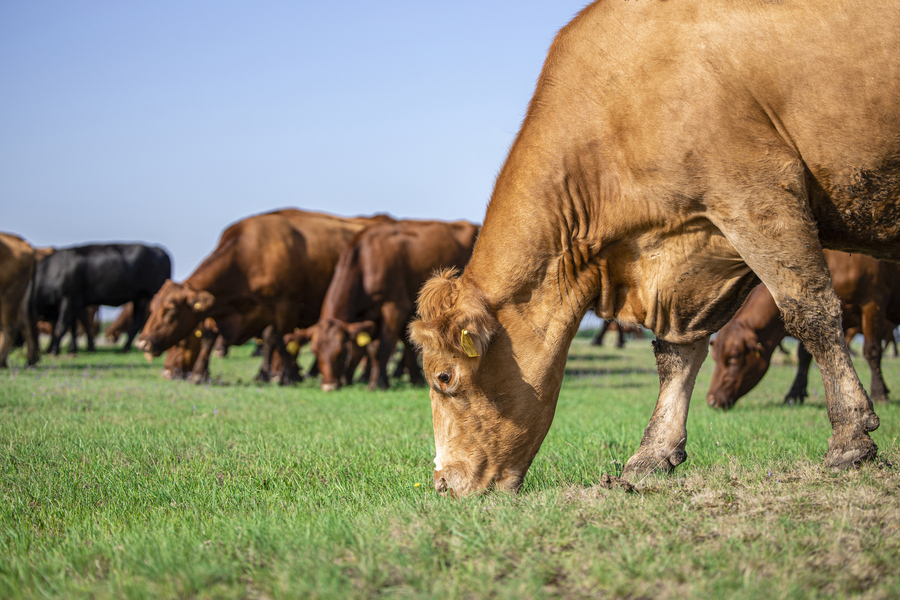
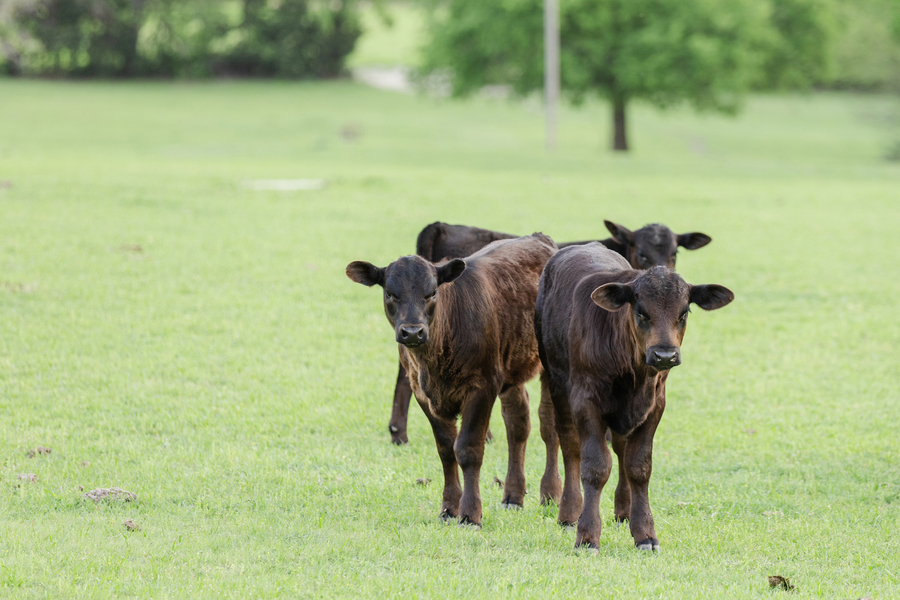
Economic Impact
-
Subclinical infections with internal parasites and the resulting negative impacts on production result in billions of dollars in annual economic impact to cattle producers in the cow/calf, stocker and feedlot segments.
Understanding Internal Parasites in Cattle
Learn more about the causes and signs of internal parasitism and how to treat and control the disease.
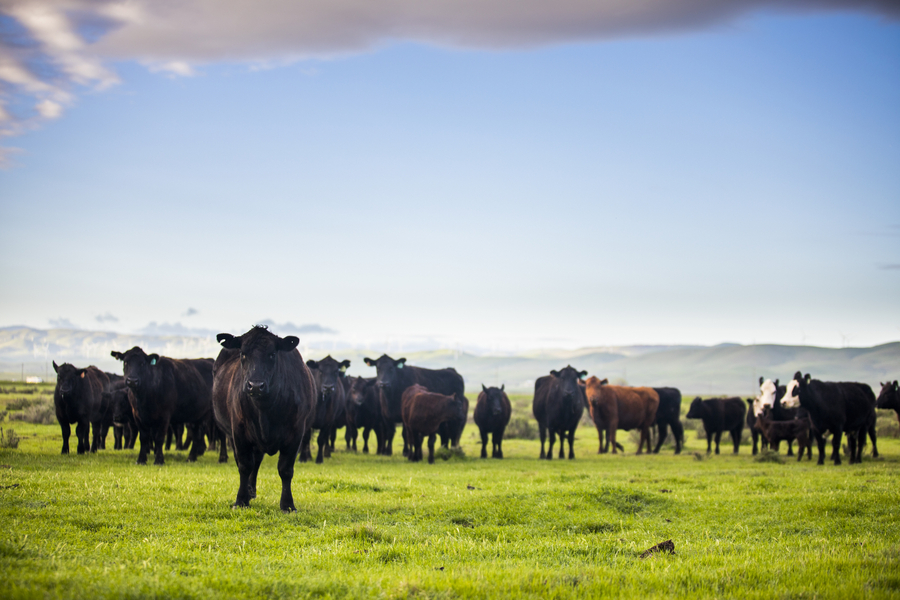
Safety Information
Eprizero® (eprinomectin) Pour-On for Beef and Dairy Cattle
Observe label directions. Consult your veterinarian for assistance in the diagnosis, treatment, and control of parasitism. Do not use in calves to be processed for veal. Not recommended for use in species other than cattle. See product labeling here for full product information.
Noromectin® (ivermectin) Injection for Cattle and Swine
Observe label directions and withdrawal times. Consult your veterinarian for assistance in the diagnosis, treatment, and control of parasitism. Do not use in female dairy cattle of breeding age or in calves to be processed for veal. Do not use in unapproved species as severe reactions, including fatalities in dogs, may result. See product labeling here for full product information.
Noromectin® Pour-On (ivermectin topical solution) for Cattle
Observe label directions and withdrawal times. Consult your veterinarian for assistance in the diagnosis, treatment, and control of parasitism. Warning: Flammable. Do not use in female dairy cattle of breeding age or in calves to be processed for veal. Not recommended for use in species other than cattle. See product here labeling for full product information.
Noromectin® Plus (ivermectin and clorsulon) Injection for Cattle
Observe label directions and withdrawal times. Consult your veterinarian for assistance in the diagnosis, treatment, and control of parasitism. Do not use in female dairy cattle of breeding age or in calves to be processed for veal. Do not use in unapproved species as severe reactions, including fatalities in dogs, may result. See product labeling here for full product information.
Tauramox® (moxidectin) Injectable Solution
IMPORTANT SAFETY INFORMATION: Cattle must not be slaughtered for human consumption within 21 days of treatment. This drug is not approved for use in female dairy cattle 20 months of age or older, including dry dairy cows. Use in these cattle may cause drug residues in milk and/or in calves born to these cows. A withdrawal period has not been established for preruminating calves. Do not use in calves to be processed for veal. See product labeling here for full product information.
The Norbrook logo, Eprizeo, Noromectin and Tauramox are registered trademarks of Norbrook Laboratories Limited.
005-25-151



